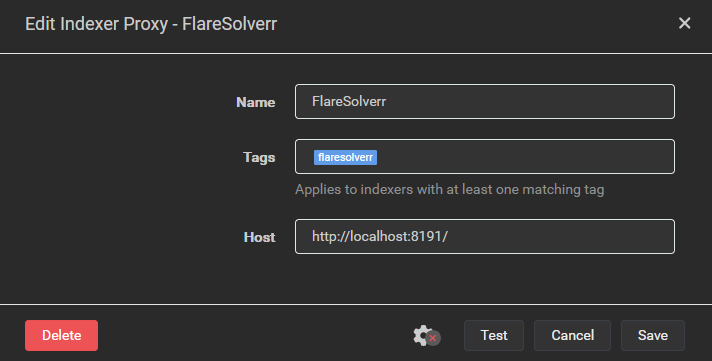

Debian Testing is unstable?
Naw, Debian Unstable is unstable. /s
Jokes aside, I don’t think I’d use Debian as a daily driver for desktop Linux, and I really like Debian. Now, for a server? Debian all day erry day. But as soon as a GUI is needed, I’m gonna look to another distro. For context though, that’s mainly because my daily driver needs to be gaming capable, and I have a very recent GPU. Debian 13 has Mesa 25.0, but 25.1 and 25.2 have fixes that keep some of the games I play from crapping out.







Currently using Bazzite. Wanted something rolling release but I didn’t want to do extensive tinkering, and Bazzite ticked both boxes. Other distros I tried (PopOS, LMDE) struggled with my monitor layout. Main monitor is high refresh rate and VRR capable, secondary monitor is 60hz, not VRR capable, and it’s in portrait orientation. That combination is very not ideal for some window managers, as I discovered the hard way. I’m sure I could have fought through that on other distros, but it all worked out of the box with Bazzite.